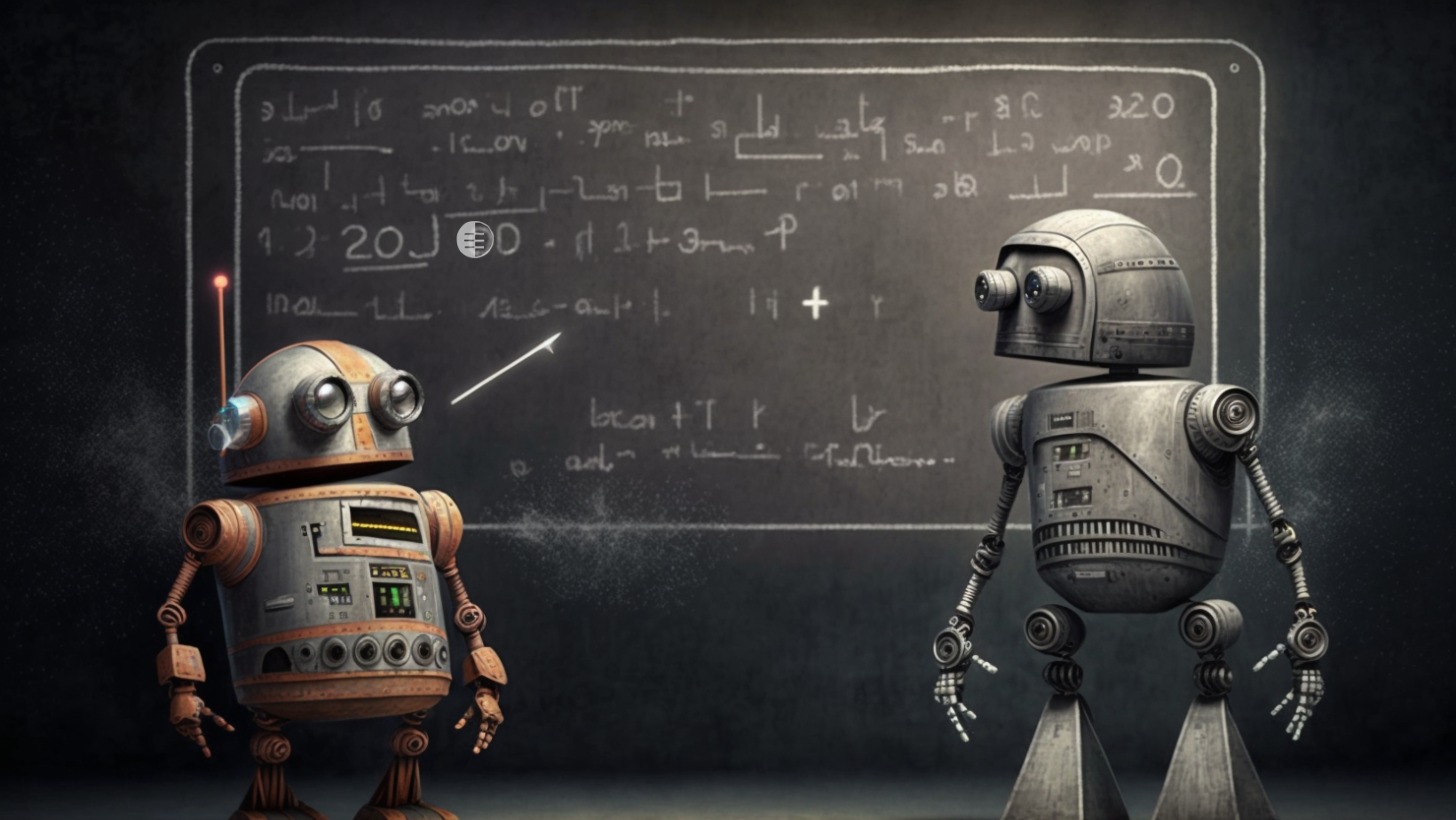Reverse-engineering excellence: working backwards from impressive ML results

In a world where striking the right balance between accuracy, efficiency, and robustness is becoming the CAP theorem of AI, good outcomes still follow good decisions and garbage-in-garbage-out is as true as ever.
Imagine for a moment that you've successfully completed your computer vision project, and your model's performance is just...well, impressive. We've established that that's already happened, now let's see how that came to be.
In short, a combination of data quality, processing strategies, model selection, and validation rigour. But those are just words! So are the ones that follow, but more of them.
Data quality matters
In the least-hot-but-still-crucial take in computer vision in 2023, data quality matters. Everyone and their grandma know this, and a good society should aspire to listen to these well-educated grandmas, if nothing else.
So, what makes a dataset high-quality? For CV projects, key characteristics to consider include size, quality, cleanliness, representativeness, and balance.
| Characteristic | What it means | How it helps |
| Size | The number of samples/examples in the dataset | Larger datasets provide more examples for the model to learn from, increasing generalization and reducing overfitting. |
| Quality | Resolution, sharpness, and clarity of images | High-quality images allow the model to capture and learn finer details, leading to better task performance in identifying small features. |
| Cleanliness | Absence of duplicate, irrelevant, or corrupted samples | A clean dataset ensures that the model learns from relevant and unique examples, improving overall performance and reducing noise. |
| Representation | Diversity of samples across different scenarios | A representative dataset ensures that the model is exposed to a wide range of variations and situations, leading to better robustness to unseen data. |
| Balance | Equal representation of all classes | Balanced datasets prevent the model from being biased towards certain classes, ensuring fair and accurate performance across all classes. |
But wait, there's more! An often-underestimated aspect of datasets is the accuracy of labelling and annotation. Picture this: you're training your model using a dataset in which an adorable puppy is mislabeled as a fearsome grizzly bear. As endearing as that mental image might be, it spells disaster for your model's ability to correctly identify and categorize images.
Good data processed well can be good data multiplied
Once you have your hands on a good dataset, you might think the job is half done. And it is, so hurray! But a lot remains - specifically, data processing.
Your journey takes you everywhere from basics like image size standardization to intermediate necessities like denoising, equalization, and normalization. You can even take the optional steps to do grey-scale conversion to speed up learning while preserving most of the learning potential of a dataset (for most use cases but not all).
Feature extraction during this phase can also help you get better results later, in conjunction with manual annotation. Tasks like edge detection, SIFT (Scale-Invariant Feature Transform) / SURF (Speeded-Up Robust Features) and HOG (Histogram of Oriented Gradients) can help you make your dataset a more informative and compact representation of what it's supposed to represent.
And finally, data augmentation. The often-ignored but amazingly valuable way to increase the size and diversity of the dataset - if done correctly. By applying various transformations such as rotation, flipping, scaling, or adding noise, you can create new training examples that help the model generalize better. Imagine a dataset of cats lounging in various positions. Augmenting this data with flipped, rotated, or zoomed-in versions of these images helps our model grasp the feline essence.
Oh, by the way, did you know that you can find tools on Coldpress AI to augment your datasets? Yeah! Our interpolate APIs can help you do just that. Wow, what a coincidence that that came up so organically!
No model, no performance
Models are no longer crucial differentiators for most projects and use-cases - they're well on their way to being commoditized for most requirements. However, the fact that you can't go too wrong doesn't mean you don't have work to do.
CNNs (Convolutional Neural Networks) are the classical choice for image-related AI tasks, but Vision Transformers are on the rise in popularity. You can find pre-trained models all over the internet, including on Huggingface and Kaggle. As we said, hard to go too wrong, if you bring the right dataset, processing, parameter tuning, and attitude to the table!
Speaking of parameter tuning, let's talk hyperparameter tuning. You can take a pick of strategies individually, or a combination thereof - Grid Search, Random Search, and Bayesian Optimization (and many others). The idea is to find a configuration that maximizes your model's performance - but don't let hyperparameter tuning turn into hyperparameter over-optimization. In fact, you can strategically avoid over-optimization by doing some regularization. L1 and L2 regularizations add a penalty to the model's loss function, and help discourage overly complex model development. Dropout is another popular regularization technique for neural networks, where a random subset of neurons is "dropped out" during training, forcing the model to rely on feature diversity.
Evaluate, Validate, Wait
Can't be impressive unless you test, right? You can test using the classic Train-Validation-Test split. Segment your dataset into three distinct subsets: training, validation, and testing. The "training" set is used to learn the model's parameters, the "validation" set helps with hyperparameter tuning and model selection, and the "testing" set serves as the final evaluation to gauge the model's performance on unseen data. Or, you could go fancier and use something like K-fold Cross-validation - where you cut the dataset into k equally-sized folds, the model is trained k times (each time using k-1 folds for training and the remaining fold for validation) and the average performance across all runs serves as the overall performance metric.
This is also the step where you should be looking to zero down on your performance metric of choice. Maybe some of our old writing can help here - we recently did an explainer for some standard ways to measure the performance of your model.
Conclusion
Well, there you have it folks - if you have a successful computer vision model today, then these are some things you probably did to get here. Is there something we missed? Let us know we're always looking to learn here at Coldpress!
And of course, we can help you do a bunch of these things to help your performance constantly improve - from data augmentation tools to ready-to-go datasets and model consultation and much more.
Sign up today! Or tomorrow, no pressure.

 Abhishek Choudhary
Abhishek Choudhary